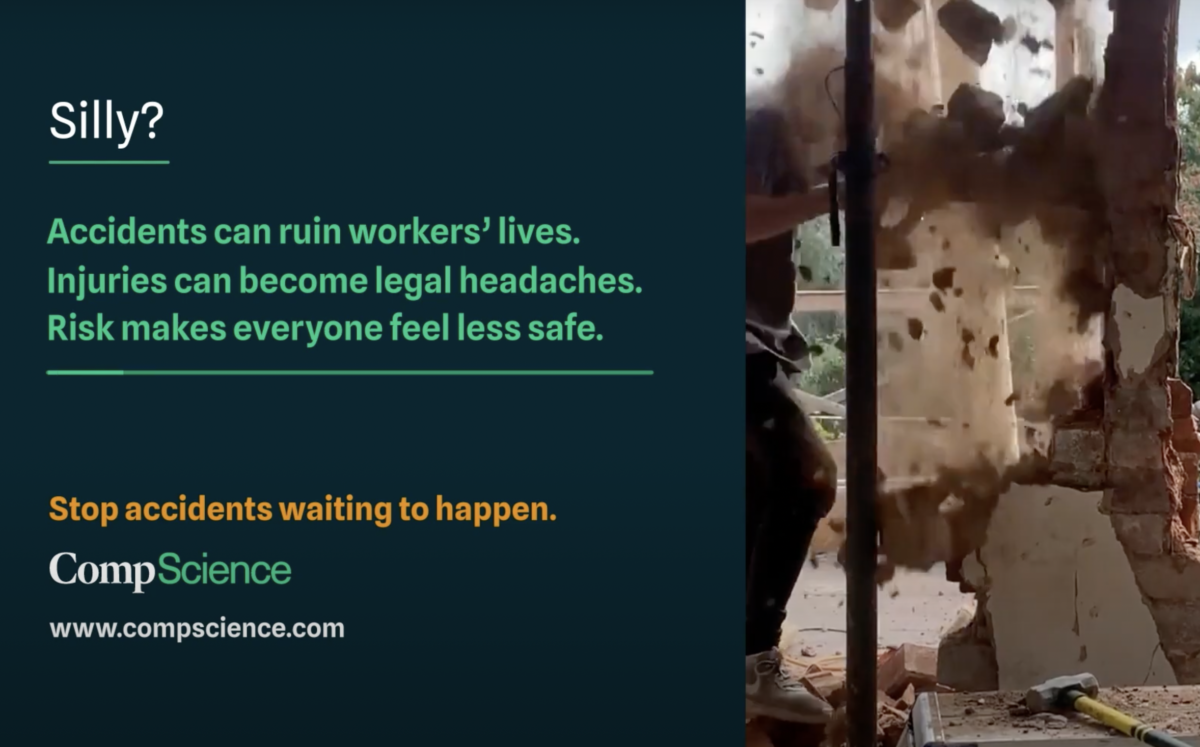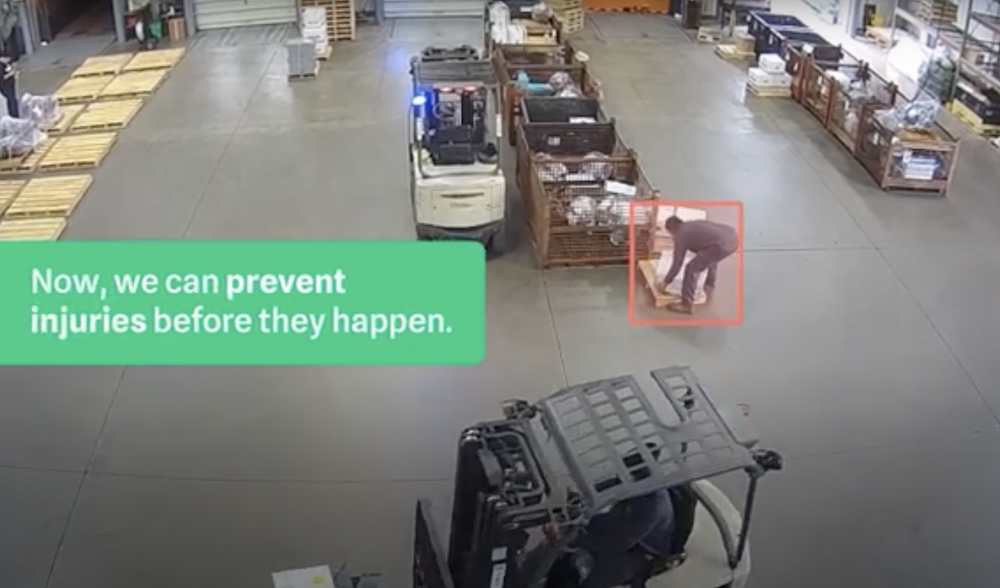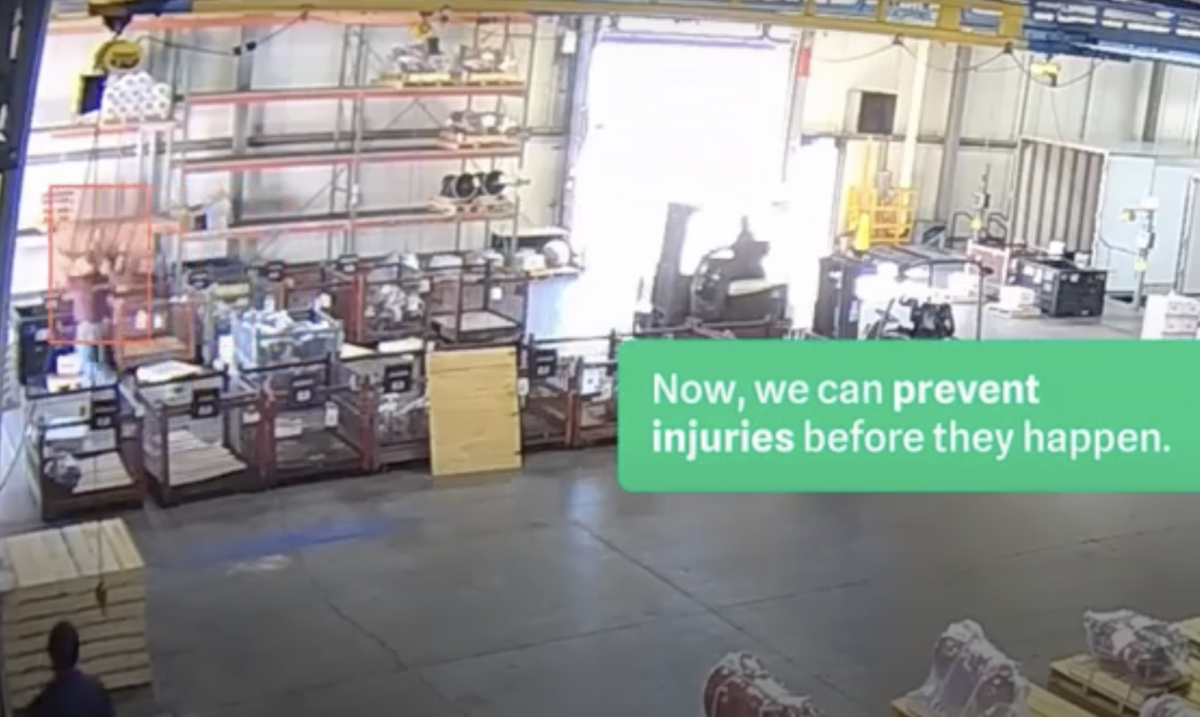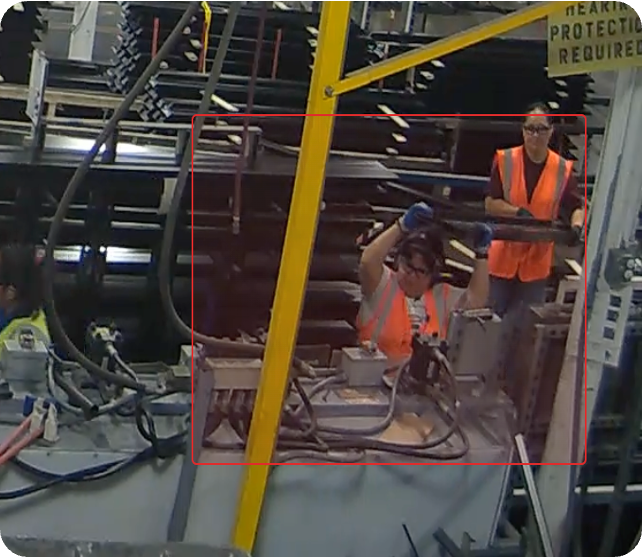Insight
How Common Are Forklift Injuries In The Workplace?
February 15, 2022
Forklift accidents and injuries are a common occurrence in the workplace. According to data from the Occupational Safety and Health Administration (OSHA), forklifts are involved in an estimated 85 fatal accidents and 34,900 non-fatal accidents each year.
There are a number of factors that can contribute to forklift accidents and injuries, including operator error, equipment malfunction, and inadequate training. In addition, poor workplace design and the presence of hazards such as slippery floors or limited visibility can also contribute to forklift accidents.
In order to reduce the risk of forklift accidents and injuries, it is important for organizations to ensure that their employees are properly trained and that their equipment is well-maintained. In addition, implementing safety measures such as warning signs and barriers can help create a safer work environment. Overall, it is important for organizations to prioritize forklift safety in order to protect their employees and minimize the risk of accidents and injuries.
Latest Posts

May 5, 2023
How To Focus A CFO On Improving Workplace Safety?
Here are a few strategies that may be helpful in convincing a CFO to prioritize workplace safety. It may not be clear at first why improving safety with analytics is important, but reducing accidents and improving an X-mod has high impact on costs. Talk with CompScience about how we can help reduce injuries with […]
Read more
April 20, 2023
What are workplace safety analytics and how do the systems work?
Workplace safety is a crucial concern for businesses across all industries, and many organizations are investing in safety programs and technologies to prevent accidents and injuries. Workplace safety analytics is a key tool that businesses can use to gain insights into their safety programs and identify areas for improvement. Contact CompScience to learn how the […]
Read more
April 18, 2023
Safe Working Environments Assured with AI-Powered Risk Reduction Programs
Artificial Intelligence (AI) is transforming the way we live and work, and the field of workplace safety is no exception. AI-powered risk reduction programs are becoming an increasingly important tool for promoting a safe working environment. These programs use machine learning algorithms to analyze data from various sources and identify potential safety hazards before they […]
Read more
March 15, 2023
Injury Detection with AI Can Can Stop Accidents Waiting To Happen
Workplace accidents are a serious concern for businesses and employees alike. Despite the best efforts of employers and workers, accidents can still occur, leading to serious injuries and even fatalities. The impact of workplace accidents can be far-reaching and can have a lasting impact on the lives of workers and their families. Now, AI makes […]
Read more
February 7, 2023
Video: Repetitive Stress Prevention. Detecting Bending and Lifting Heavy Objects with AI.
Bending and lifting heavy objects often is not seen as a concern, but the reality is that the probability of injury increases with each repetition of the task. This is because repetitive motions, such as bending and lifting, can put stress on the same body parts and lead to repetitive stress injuries over time. […]
Read more
February 7, 2023
Video: Preventing Repetitive Stress from Overhead Lifts with The Intelligent Safety Platform
Workers lifting objects overhead is a common task in many industries. Although it may seem harmless, it can lead to repetitive stress injury over time. This type of injury is caused by repetitive motions that put stress on the same body part, leading to pain, discomfort, and decreased mobility. Safety managers can now prevent […]
Read more
October 15, 2022
Workplace Safety Case Study: Workflow Improvements Reduced Lifting Exposure
Workflow improvements led to 95% reductions in lifting exposure. Interventions: Ergonomics trainings and new material transport systems Result: Client introduced dollies as a result of our findings around high numbers of overhead lifts occurring in their facility. “It was such a simple solution that employees liked. It was something that was never […]
Read more
October 10, 2022
How quantifying risks and productivity gains can help get safety improvements funded
Quantifying the risks and productivity gains associated with safety improvements can be an effective way to get those improvements funded. By demonstrating the potential costs and consequences of workplace accidents and injuries, and by showing the potential benefits of safety improvements in terms of reduced costs and increased productivity, organizations can make a strong case […]
Read more
August 30, 2022
Predictive Models Can Bridge the Gap Between Safety Data and Financial Metrics
Predictive models can bridge the gap between safety data and financial metrics by using data on past accidents and injuries to predict the likelihood of future accidents and injuries, and by estimating the potential costs of those accidents and injuries. By analyzing data on past accidents and injuries, predictive models can identify trends and patterns […]
Read more
May 5, 2023
What is workers’ compensation insurance?
Workers’ compensation insurance is a type of insurance that provides benefits to employees who are injured or become ill as a result of their work. The purpose of workers’ compensation insurance is to ensure that employees have access to medical care and financial support in the event of a workplace injury or illness, and to […]
Read more
April 30, 2023
How X-Mod Affects Workers Compensation Costs and How X-Mod Is Affected By Safety Practices
The Experience Modification Rate (X-Mod) is a factor that affects a company’s workers’ compensation costs. A high X-Mod indicates that a company has a higher than average number of claims, which can result in higher insurance premiums. From the perspective of safety managers, a high X-Mod suggests that a company’s safety program may not be […]
Read more
April 27, 2023
Reducing TRIR with AI and Computer Vision
TRIR (Total Recordable Incident Rate) is a measure of how many work-related injuries and illnesses occur in a workplace, usually expressed as a rate per 100 employees per year. AI (Artificial Intelligence) and computer vision can help reduce TRIR by improving workplace safety through the use of advanced technologies. We have measurably reduced TRIR for […]
Read more
April 27, 2023
How To Reduce DART Rates
Reducing the dart rate is a critical goal for any safety manager, as it directly relates to the safety and well-being of employees in the workplace. The dart rate, also known as the days away, restricted, or transferred rate, measures the number of days employees are away from work due to occupational injuries or illnesses. […]
Read more
April 25, 2023
What’s the cost of risk?
The cost of risk is a multifaceted concept that has significant implications for individuals, organizations, and society as a whole. At its core, the cost of risk is the potential financial or non-financial loss that an entity may incur as a result of an uncertain event or outcome. In this article, we will explore the […]
Read more